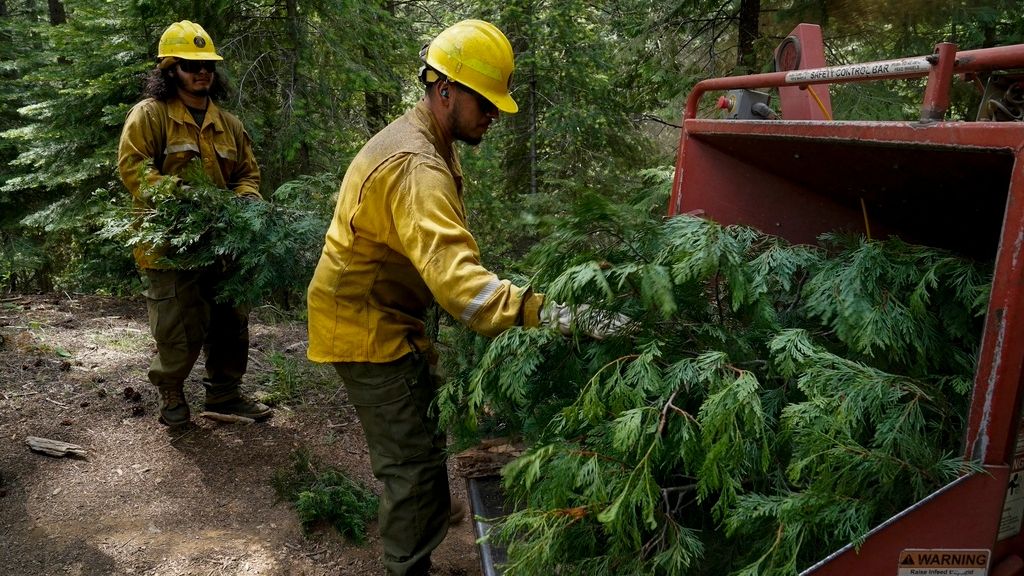HUNTINGTON BEACH, Calif. — According to the California Department of Fish and Wildlife, since 2019, during the late winter and early springtime, a particular marine bird has been showing up deceased along beaches in Santa Barbara, Ventura, Los Angeles and Orange counties.
What You Need To Know
- Orange County did not see deaths of Brandt’s cormorants in 2021
- Wetlands and Wildlife Care Center in Huntington Beach said it has seen dozens of the marine birds showing up dead this year
- The disease, protozoal encephalitis, is caused by the same parasite first detected in pigeons in 2017
- The birds end up dying after directly contacting the parasite or, “possibly through some transport host like a fish”
While Orange County did not see deaths of Brandt’s cormorants in 2021, the Wetlands and Wildlife Care Center in Huntington Beach said it has seen dozens of the marine birds showing up dead this year.
The center’s executive director, Debbie McGuire, and a volunteer laid out several birds on a white sheet. McGuire counted them out, “Five, six, seven… 14. There are 14. And these just came in last week.”
McGuire explained that all the recent marine birds started showing up at Sunset, Huntington and Seal beaches, and a couple in Newport Beach and Crystal Cove.
“It is a lot, and it’s shocking for our public that is frequenting the beach,” she said.
McGuire aded that the few that came to the center alive at first shared the same symptoms.
“Their heads were twisting around and contorting backwards and forwards. They would flip upside down and could not right themselves. They’re just really dizzy and disoriented.”
Despite the staff and volunteers’ best efforts, the birds have all since died.
Once the center had over three deaths, “that put up a red flag,” said McGuire.
The birds were sent north to the California Department of Fish and Wildlife’s Senior Environmental Scientist Krysta Rogers. She is the statewide lead for avian investigations. She recently performed necropsies on five of the dead birds from Los Angeles and Orange counties.
Rogers said there was a mix of, “adults and juveniles. And in those birds, we identified protozoal encephalitis.”
Rogers said the disease is caused by the same parasite first detected in pigeons in 2017. It was first found in Brandt’s cormorants in the state in 2019 and every year since, mostly in the late winter and early springtime.
Rogers said while studies are ongoing, in collaboration with the University of California Davis, they think the predators of pigeons, such as hawks and raptors, are passing the parasite eggs on through their digestive tracks.
“The parasite in the raptor feces that’s deposited in the landscape is basically washed into the ocean in larger numbers during periods of rain,” explained Rogers.
Rogers said the birds end up dying after directly contacting the parasite or, “possibly through some transport host like a fish.”
So far, there is no known cure for the disease.
“We’re trying all we can, and yet they’re still dying from it. It is very disheartening,” said McGuire.
Disheartened but still determined to do all they can for every animal here — with the ultimate goal of getting all them back into the wild.
If you find a dead bird or bird showing similar symptoms, officials said don’t touch the birds and call animal control or let a lifeguard know.
The state fish and wildlife website also includes an online reporting tool. You can find it online.
Rogers said birds continue to be reported dead.
While the number of dead birds in Orange County have seem to have tapered off, she said LA County is still seeing dead birds, including at Venice and Dockweiler beaches.











